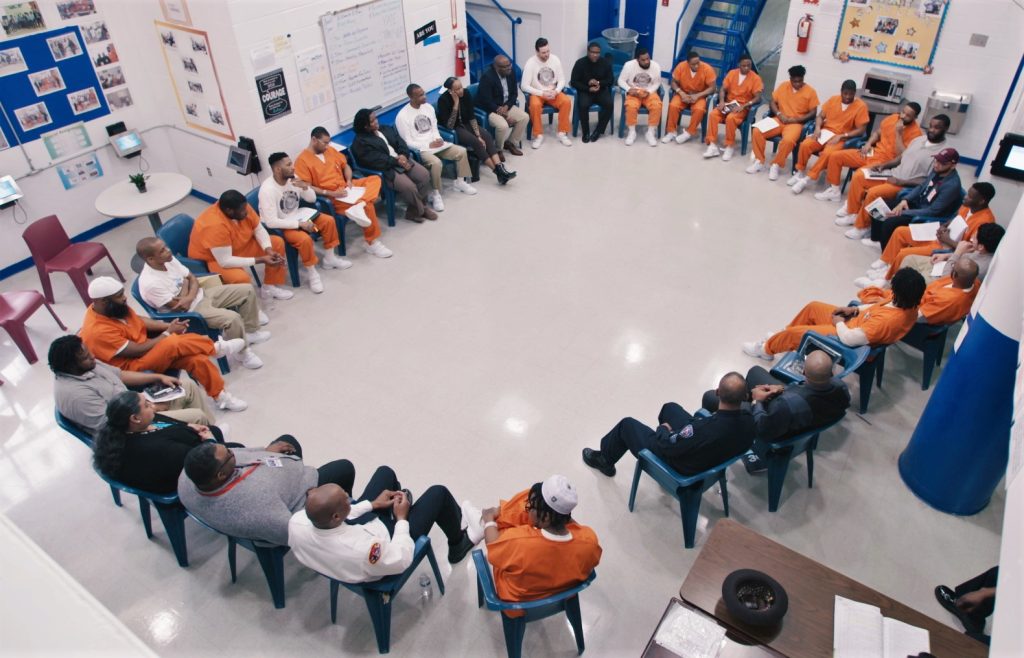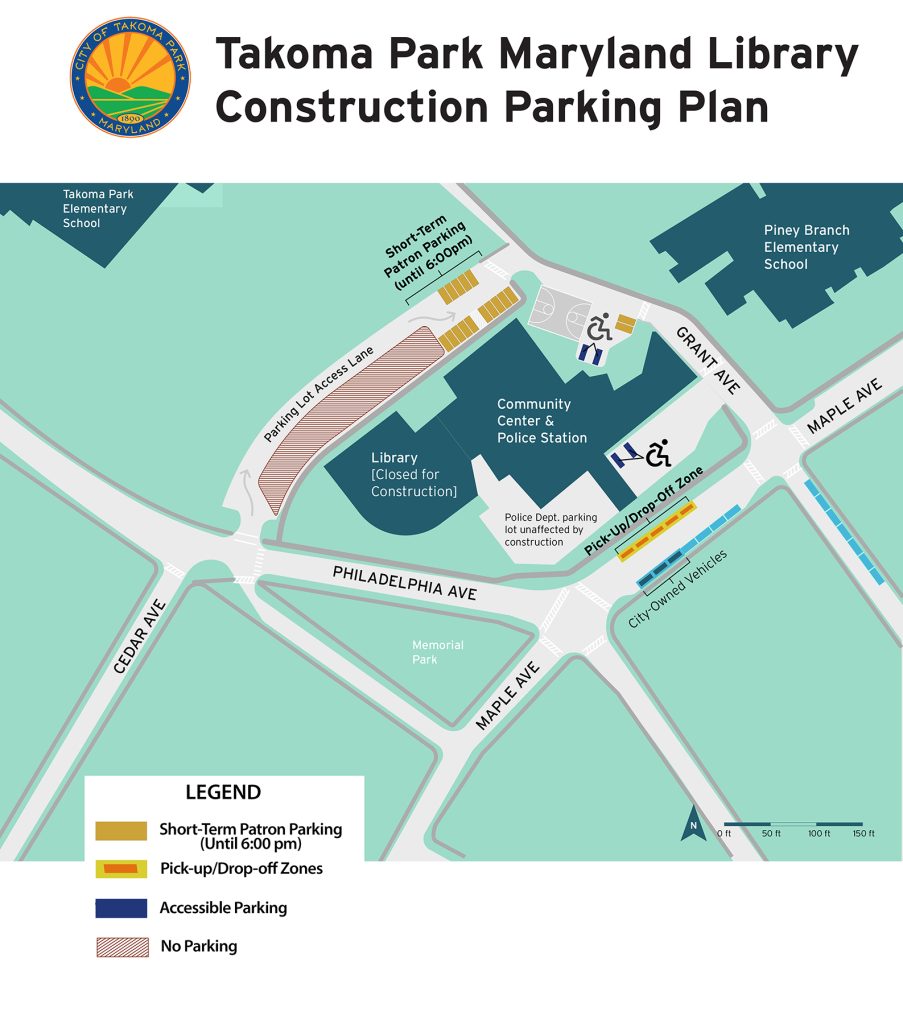On September 14, the Montgomery County Planning Board held a public hearing on the draft Takoma Park Minor Master Plan Amendment (MMPA), providing an opportunity for Takoma Park residents to comment on the plan. Montgomery Planning—the Montgomery County division of the Maryland-National Park and Planning Commission (M-NPPC)—will consider those comments, along with comments submitted in written form as it develops the next draft of the Minor Master Plan Amendment. The Takoma Park City Council passed a resolution on September 13 that provides some guidance to Montgomery Planning as it addresses community concerns and questions through a series of work sessions this fall.
The Takoma Park Minor Master Plan Amendment re-envisions the Washington Adventist Hospital and University campuses, the Erie Center, and the area along Maple Avenue. The Public Hearing Draft recommends mixed use zoning (commercial and residential) in the plan area, updates zoning along Maple Avenue for uniformity and conformity, and rezones the site of the former Washington Adventist Hospital so that it can be developed for housing and
commercial uses. The plan is meant to address the need for improved infrastructure, varied housing types, and additional public amenities such as parks and open space in a walkable and bikeable milieu.
Comments at the hearing began with remarks by Takoma Park Mayor Talisha Searcy, highlighting feedback included in Resolution 2023-33, which was shared separately with the Planning Board. The resolution requests that “the Montgomery County Planning Board ensures that the MMPA addresses seven priorities:
• incentivizing the creation of a range of housing types,
• retaining and improving existing affordable housing,
• retaining existing and attracting new local businesses,
• creating new public space opportunities,
• strengthening social and environmental factors,
• continuing community engagement throughout the planning review process, and
• assessing the impact of increasing residential units and retail on the provision of public services in the plan area.”
In the resolution, the City Council further “requires that the Montgomery County Planning Board holds work sessions that critically examine the following topics during development of the Planning Board Draft Plan”:
• Potential Redevelopment of the Washington Adventist Site and the Flower Avenue District
• Promoting a Diversity of Housing in the Plan Area
• Public Space, Infrastructure, and Amenities within the MMPA
• Protecting Existing Housing Affordability in the MMPA
Under each topic area, the City Council lists critical questions for Montgomery Planning to examine, such as “What is the impact of the density proposed in the Plan on access to and provision of public space, infrastructure, recreational facilities, school capacity, roads, public utilities, and healthcare?” To read the full resolution, including these notes, visit the Takoma Park Minor Master Plan webpage. On that page, you will find a link to the public hearing video, information about the MMPA, and a link to Resolution 2023-33.
After Mayor Searcy spoke at the September 14 hearing, residents provided their feedback, identifying potential issues and commenting on specific aspects of the plan. Some commenters stated concerns regarding such topics as scale, affordable housing, racial equity, and environmental impacts. Others expressed their approval of the goals of the plan and/or identified details of the plan that they favored. Residents also asked for greater clarity about how some aspects of the plan would be implemented. The hearing lasted approximately three hours and can be viewed on the City of Takoma Park’s YouTube page.
Montgomery Planning Board work sessions are scheduled to begin October 19 to incorporate public comments and review and revise the draft plan. The City Council has the opportunity to provide additional feedback to the Planning Board. The Takoma Park City Council may review the Planning Board changes and provide
resolutions to the Planning Board as part of its review and approval process and to the County Council when it undertakes its review. The community may continue to provide feedback on the draft plan to the Montgomery County Council during its public review process. The County Council has final approval of the plan.
You can find more information about the proposed Minor Master Plan Amendment on theTakoma Park Minor Master Plan webpage. and Montgomery Planning website. Updates will appear on the City website and in the Newsletter.


